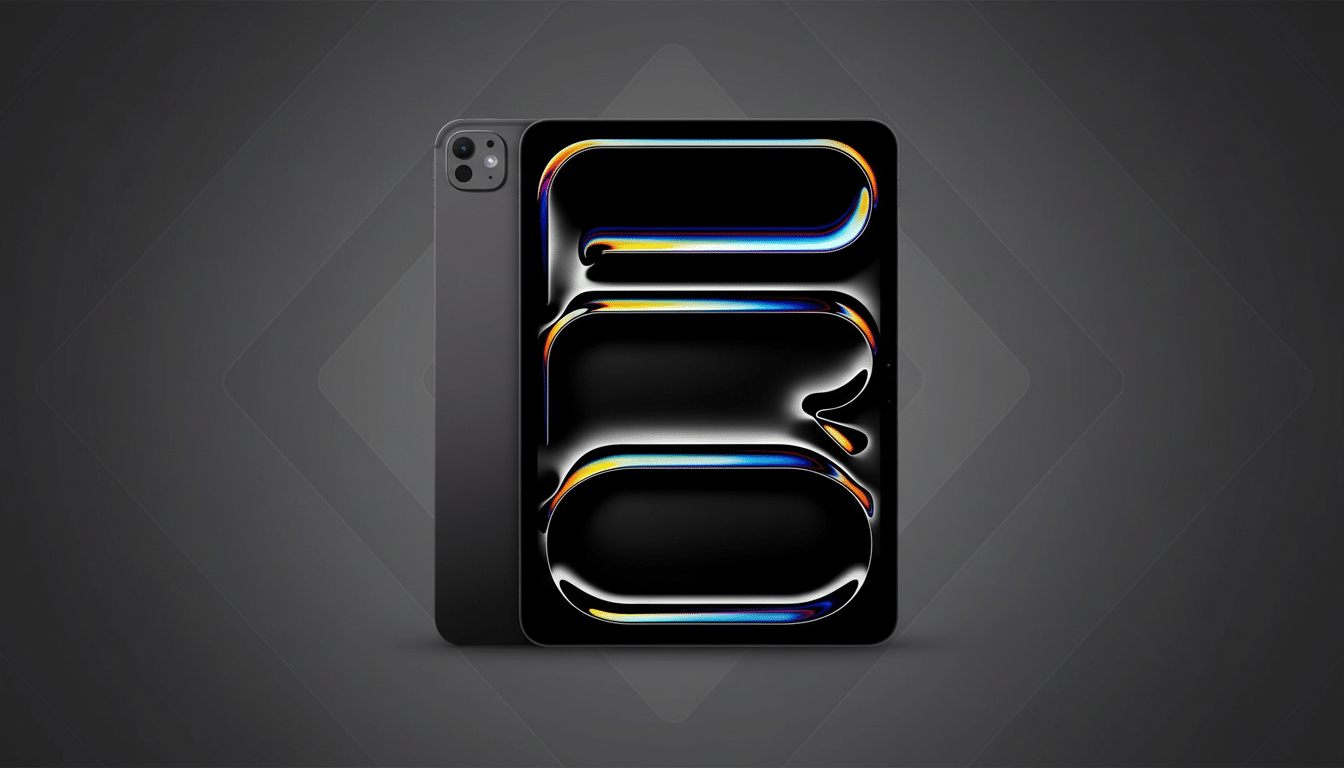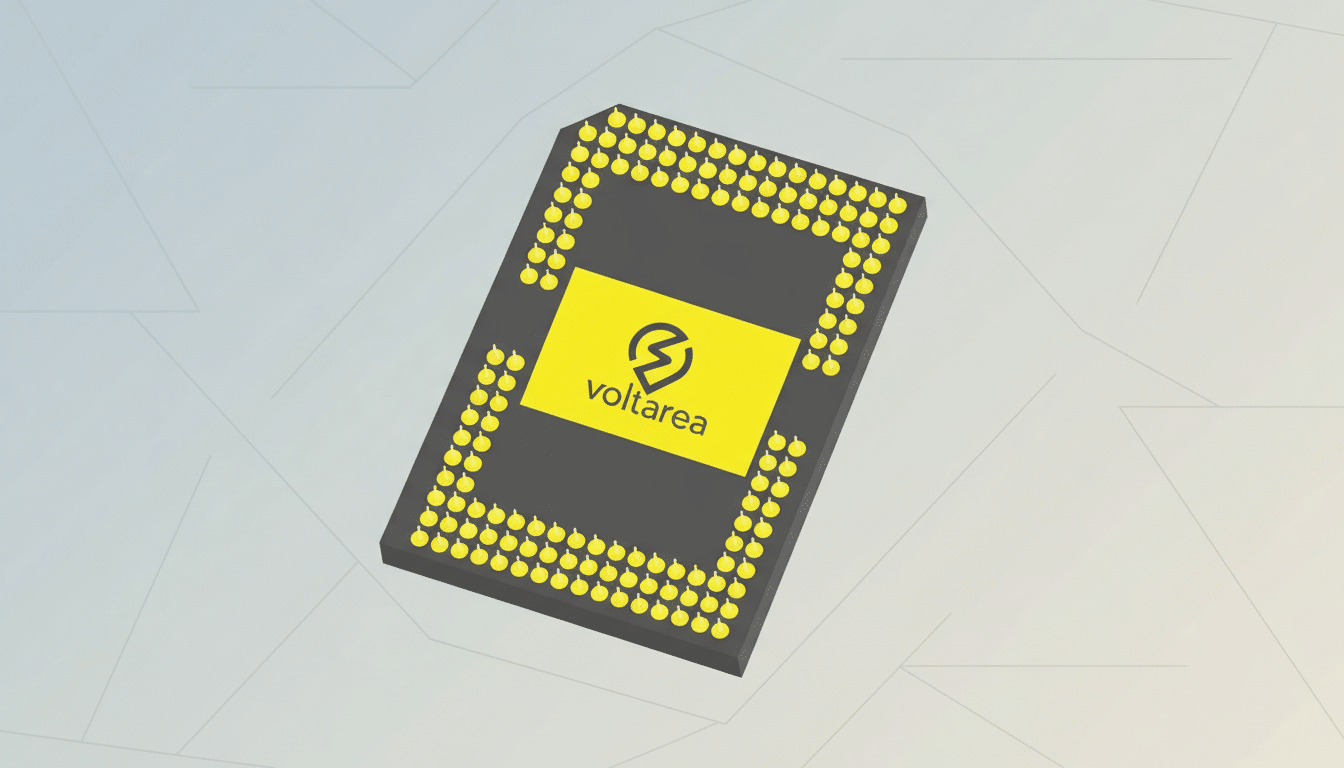The next batch of pro hardware from Apple’s lineup is gathering around a new M5 chip that will be taking centre stage with the new 14-inch MacBook Pro and an updated iPad Pro. Both Bloomberg’s Mark Gurman and a sinister teaser from Apple marketing chief Greg Joswiak (via MacRumors) tease out a performance-first update that emphasizes efficiency, graphics performance, and on‑device AI—without radical design overhauls.
While the hype, early benchmarks, chip gossip, and developer aspirations all say something fascinating about what’s in store, here’s what the M5 MacBook Pro and M5 iPad Pro might look like — and why this whole cycle still matters to power users.
- What the M5 chip is promising for performance and AI
- Key differences to expect with the M5 iPad Pro update
- What to expect from the M5 MacBook Pro 14‑inch model
- On‑device AI and efficiency gains in the M5 lineup
- Pricing and launch outlook for the M5 Pro hardware
- A word about the rumoured third device in the lineup
- Bottom line: the M5 cycle looks evolutionary, not radical

What the M5 chip is promising for performance and AI
Leaked Geekbench 6 entries, referred to by multiple outlets, suggest modest but palpable CPU improvements and a bigger bump in graphics throughput. Numbers on pre-release iPad Pro units being passed around suggest something in the region of a 10–12% increase in multi‑core CPU performance and somewhere between a 30–35% increase in GPU performance against M4‑class, if not a bit more. Take those numbers with a grain of salt, as we’re dealing with directionally informative leaks, not absolute figures — but they are consistent with Apple’s recent refrain of iterative CPU upgrades backed by beefier GPU and neural acceleration.
On the silicon side, things are muddy enough that TrendForce and TSMC’s own estimates indicate the general M‑series roadmap remains stuck on advanced 3nm nodes at this point in time, while wider 2nm use is still being kicked into gear progressively. The M5’s focus will likely be on efficiency per watt, sustained clocks under load, and a neural engine optimized for larger on‑device models and faster diffusion-based image tasks in Core ML.
Key differences to expect with the M5 iPad Pro update
Bloomberg reports suggest it’s the iPad Pro that won’t set your world on fire at first glance, prodded to slightly retooled life on the inside: a base memory spec nudging 12GB, a chip branded M5, and a front camera setup with dual orientation so that FaceTime framing is natural both when the tablet is docked and used in landscape or when held one‑handed in portrait. Recently surfaced Russian‑language unboxing videos feature kit that would match the current chassis and branding that’s got a little less mess on its back.
The leaked benchmark data is biased towards GPU-heavy workflows — think Procreate with large canvases, 3D previews in Shapr3D, or multi-layer edits in Affinity Photo. If Apple sticks to its past playbook, anticipate tighter Pencil feature integration, quicker on-device transcription and translation, and speedier Stage Manager performance when powering an external display.
And while Apple is never one to chase specs alone, a higher ceiling on RAM would directly boost power users juggling large RAW files or shifting between multiple pro apps. For teams that standardize on iPadOS for fieldwork, the tie‑up between M5 efficiency and better video‑conferencing framing may be the stealth win.
What to expect from the M5 MacBook Pro 14‑inch model
Gurman’s reporting says the base 14‑inch MacBook Pro gets the M5 first, followed by a range of Pro and Max options.
The design changes likely won’t be extensive — the same fantastic mini‑LED display, bunch of ports (MagSafe, Thunderbolt/USB‑C, HDMI, SD) you’ve come to expect, and a keyboard people actually enjoy on most models. The headline is the silicon shuffle.

In practice, single‑generation jumps in the M‑series have historically cut down compile times, code indexing, and export queues by double-digit percentages in independent testing at sites such as AnandTech and Notebookcheck. If the purported GPU‑performance gains play out, timelines in DaVinci Resolve or Final Cut Pro — particularly with ProRes and HEVC — will crunch faster, with heat under sustained loads remaining consistent.
Memory configurations will be key. With Apple’s unified memory architecture, more RAM is good for both CPU and GPU tasks. Content creators who are juggling Blender Cycles, Xcode and simulators, or Lightroom batch processes probably want some headroom beyond the base configuration to keep that M5 fed.
On‑device AI and efficiency gains in the M5 lineup
Apple has also ensured that, over time, the neural engine throughput and the overall performance of custom GPU kernels are optimized for ML operators. These will bring local inference to your device, with more responsive experiences for tasks like summarization, image upscaling, and background object removal — features that further blur the line between “AI” and everyday tools in Photos, Voice Memos, and pro apps using Core ML and Metal.
Efficiency remains the M‑series superpower. If the M5’s gains per watt continue in recent fashion, we should also see the iPad Pro and 14‑inch MacBook Pro deliver more sustained performance on battery, with less noise from fans during bursty workloads, as well as cooler laps when calling or screen sharing.
Pricing and launch outlook for the M5 Pro hardware
Apple usually maintains price bands across iterative pro refreshes, with configuration tiers carrying the upsell water. In addition, panel sourcing for mini‑LED has remained consistent according to supply chain watchers at Display Supply Chain Consultants (DSCC), and that’s indicative of more of the same rather than a sea change in screen tech at this point.
Apple has released these mid‑cycle pro updates through newsroom posts rather than a full event a few times. With retail avenues already pointing to new SKUs and Apple leadership publicly teasing power bumps, availability will likely follow swiftly on the heels of a formal reveal.
A word about the rumoured third device in the lineup
There are also rumours of a companion “Pro” product to the MacBook Pro and iPad Pro. And while tidbits have been floating around about other comfort tweaks, color options, and such for Apple’s spatial lineup, the big news for those of us buying will still be the M5 laptop and tablet: familiar form factors but better thermals, with take‑it‑to‑the‑bank speed where we need it.
Bottom line: the M5 cycle looks evolutionary, not radical
The M5 cycle appears to be evolutionary, not revolutionary — and that’s okay. But if you’ve been keeping an M2 or earlier around, that aggregate GPU uplift and neural acceleration (and, in the case of the new M5 MacBook Pro and iPad Pro, efficiency gains) should feel like a pretty stout quality‑of‑life upgrade. As always, we won’t be able to make a final call until there are official specs and independent testing of the system, but the early signs are good.

